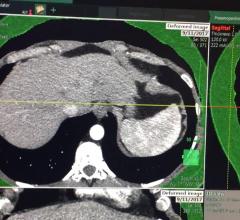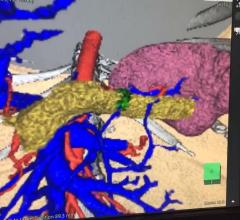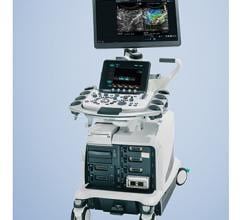February 23, 2016 — The U.S. Food and Drug Administration (FDA) is revising its November 2015 Safety Communication to provide updated information about its communications with Custom Ultrasonics regarding its November 2015 Recall Order.
On Nov. 12, 2015, in accordance with a consent decree entered in January 2007 with Custom Ultrasonics (Consent Decree), FDA ordered Custom Ultrasonics to recall, at its expense, all of its automated endoscope reprocessors (AERs). On Nov. 24, 2015, Custom Ultrasonics submitted a recall strategy to the FDA, which the agency found inadequate. Custom Ultrasonics has to date made no additional proposals to FDA to recall its AERs.
On Jan. 29, 2016, the FDA sent a letter to Custom Ultrasonics reinforcing the terms of the recall order and requiring Custom Ultrasonics to remove its AERs from the market. The FDA further notified Custom Ultrasonics that it could take additional measures under the consent decree should Custom Ultrasonics fail to initiate or diligently implement the recall or take other required actions.
Because Custom Ultrasonics has not demonstrated that its AERs can adequately wash and disinfect endoscopes to mitigate the risk of patient infection, the agency continues to recommend that healthcare facilities using Custom Ultrasonics AERs transition to alternative methods to reprocess flexible endoscopes as soon as possible, as emphasized in its Nov. 13, 2015 Safety Communication.
AERs are free-standing units used in healthcare facilities to disinfect flexible endoscopes and scope accessories between uses. Custom Ultrasonics AERs are intended to wash and high-level disinfect cleaned flexible endoscopes used in gastrointestinal and pulmonary tracts.
As part of the FDA’s ongoing investigation into infections associated with reprocessed medical devices and AER devices used for cleaning and disinfection, the FDA has been reviewing the validation test methods and performance data for all AER manufacturers. To date, Custom Ultrasonics has not demonstrated that its AERs can adequately wash and disinfect endoscopes to mitigate the risk of patient infection.
In January 2007, Custom Ultrasonics entered into a consent decree because the company failed to comply with the FD&C Act and its implementing regulations. In 2012 and 2013, under the terms of the consent decree, FDA ordered Custom Ultrasonics to stop manufacturing and distributing all AER device models and components. The FDA ordered Custom Ultrasonics to recall AER devices after the company failed to obtain FDA clearance following a significant change to the software operating system for one of its AERs. After Custom Ultrasonics obtained clearance for the significant change to the software operating system, the cleared devices were permitted to remain on the market. Since the 2012 and 2013 orders, the FDA has not authorized Custom Ultrasonics to resume manufacturing or distributing any AERs, though the company has continued to service them.
The FDA’s most recent inspection of the Custom Ultrasonics’ facility in April 2015 documented continued violations. Violations include the inability to validate that the AERs can adequately wash and disinfect endoscopes to mitigate the risk of patient infection. The identified violations could result in an increased risk of infection transmission.
Healthcare facilities currently using Custom Ultrasonics AERs are advised to:
- Identify and transition to alternate methods to reprocess flexible endoscopes, such as manual high-level disinfection, liquid chemical sterilization, alternative AERs, or other cleaning and sterilization methods according to the endoscope manufacturers’ reprocessing instructions.
- Before transitioning to an alternative method, be sure that the endoscopes your facility uses are compatible with the alternative method by referring to the endoscope manufacturer’s reprocessing instructions.
- Submit a report to Custom Ultrasonics and to the FDA via MedWatch if you suspect your healthcare facility’s Custom Ultrasonics AER has caused or contributed to patient infection.
The FDA continues to recommend the following endoscope reprocessing best practices:
- Perform thorough cleaning of endoscopes and their accessories before high-level disinfection, liquid chemical sterilization or other sterilization methods.
- Ensure that staff responsible for reprocessing endoscopes have the endoscope manufacturer’s instructions readily available to promote strict adherence.
- Implement a comprehensive quality control program for reprocessing endoscopes. Your reprocessing program should include written procedures for monitoring training and adherence to the program, and documentation of equipment tests, processes, and quality monitors used during the reprocessing procedure.
- Ensure that staff responsible for reprocessing endoscopes understand the importance of their role in reprocessing the device and maintain proficiency in performing required reprocessing tasks.
- Adhere to general endoscope reprocessing guidelines and practices established by the infection control community and endoscopy professionals.
For more information: www.fda.gov


 December 23, 2019
December 23, 2019 









